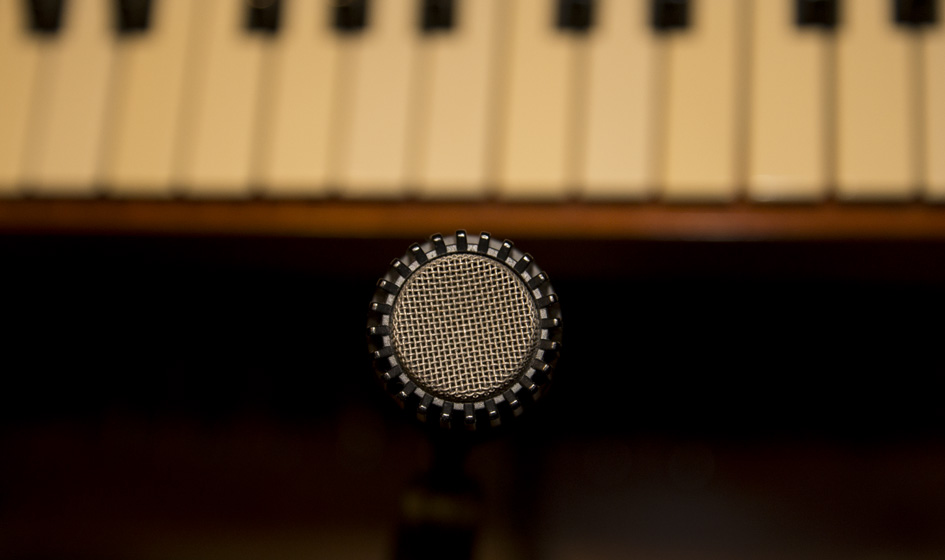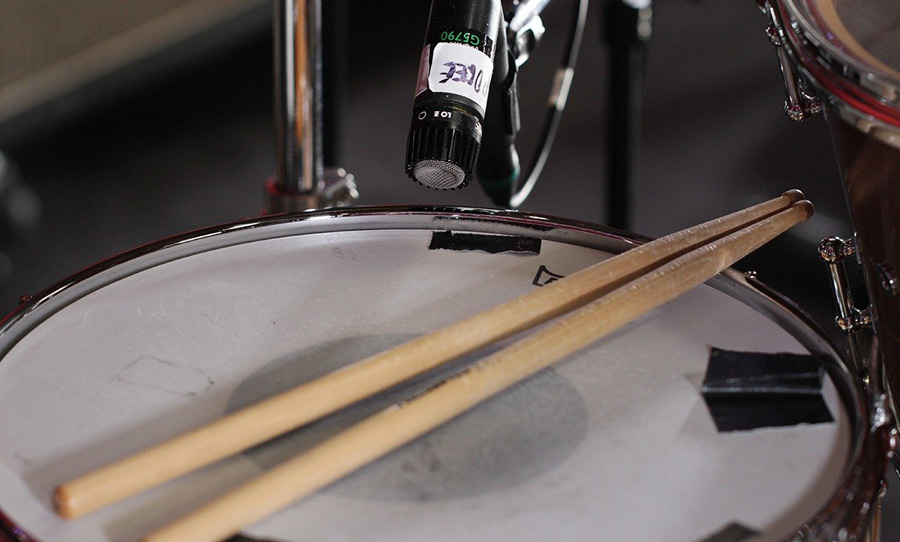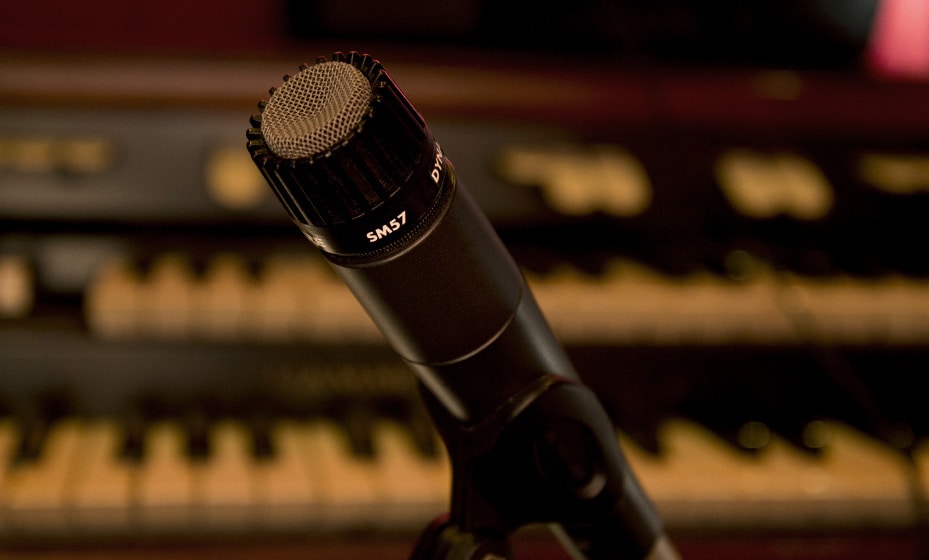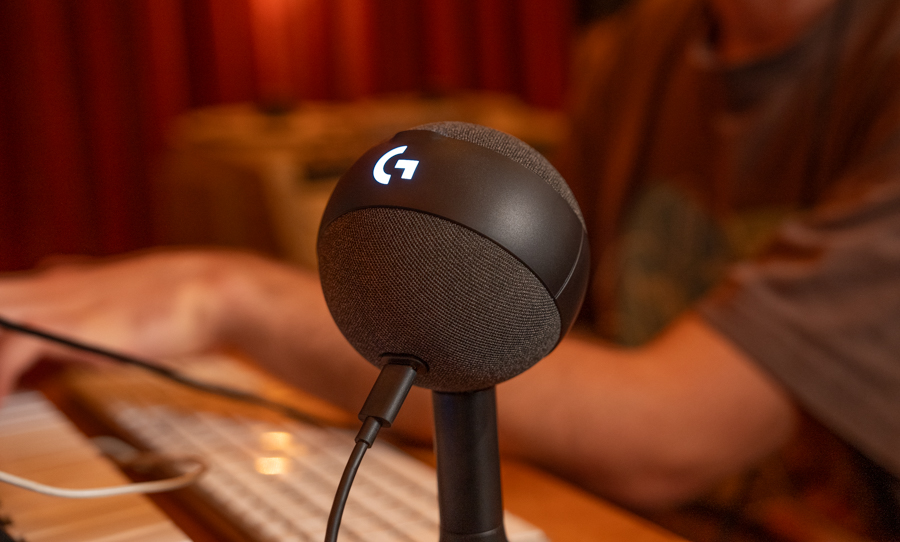The Shure SM57 is the definitive ‘workhorse’ microphone. Tough, pragmatic and versatile, you’d be hard-pressed to find a professional studio without one. Here’s a look at the legacy of the SM57.
Keeping in line with the theme of untouchable, workhorse-status musical equipment, there is no going past the Shure SM57 when talking about essential studio gear. At some point in their career, every producer/engineer/live engineer/performing musician will come across an SM57 at least once, and most probably many, many more times than that.
It’s a ubiquitous piece of gear; kind of like the Strat of microphones. Some people swear by them, others condemn them to the deepest depths of hell. Either way, there is no point in denying that this little microphone has made a name for itself during its 50-year lifespan.

In 1965, the Shure SM57 was introduced to the world. There is a famous story that claims James Bond only became so irrevocably popular because president John F. Kennedy named From Russia With Love in his top 10 favourite books of all time. The same could be said for the SM57.
In the very year that it went into production, the SM57 was adopted as the official microphone of the White House. Since that time, every American president, from Lyndon B. Johnson to Barrack Obama, has spoken through a 57 when addressing their nation from the White House.
In the fifty-odd years since, the little black mic has found its way into just about every audio engineer’s inventory. Widely regarded as one of the most recorded-with microphones in the history of music, the SM57 is an industry-standard. It is a true workhorse.
The cardioid pickup pattern of the microphone is focused, cancelling out unwanted background noise and acoustic feedback. This feature makes it a prime mic for recording drum kits, particularly snares, and toms, but also for amplifying guitar amps in a live setting where background noise in rampant and acoustic feedback is a common concern.
On the other end of the spectrum, it is a piece of equipment that constantly falls under the hammer. Take Steve Albini’s first impression:
“[The SM57 is a] Piece of shit dynamic mic some people are inexplicably crazy about, so we bought one. Sounds equivalently good on everything from snare drum to electric guitar. Unfortunately, not a very high standard of “Good.” If you need to record something and there’s no microphone available, this will do, I guess.”
So where does this leave the divisive little microphone? In the end, a piece of equipment is a piece of equipment. How you use it is up to you. In reality, the 57 is a really solid mic, and its legacy reflects that. Despite its name, (SM stands for Studio Microphone) it is synonymous with live music amplification, where minute details of sonics are of a smaller concern to sound engineers and a solid, transparent, feedback-deterring microphone is vital.

The SM57 uses the same capsule as its brother, the SM58 (widely used as a vocal mic). They are both cardioid microphones, meaning that they capture sound from the direction that they are positioned, and in most ways the two are of the same. The 58’s intention for live vocal use meant that it was fitted with a large, spherical (protective) grill, where the 57 has a small head with a thin piece of mesh as the diaphragm.
Despite its tendency for live use, the SM57 is very much a studio mic and you’d be hard-pressed to find a professional studio without one. Though Albini seemingly despises them, the SM57 has weaved its way onto immortal recordings throughout decades.
The Edge’s setup of choice was a 57 up close with an AKG 414 used as a room mic. Andy Johns, who worked on the Stone’s Exile on Mainstreet, Zeppelin’s Zeppelin I, and Television’s Marquee Moon, often championed the humble 57 as his mic of choice. Nigel Godrich used 57s extensively when recording Radiohead’s OK Computer. The list goes on.
It’s pretty important to note that these are all seasoned, talented producers and engineers. As a microphone, the SM57 is a platform, a stable base to be built upon, relied upon and exploited for all it’s got. And it will give you a lot if you have faith in it.
The SM57 is a workhorse. It’s no-frills. The Jack Daniels of the sonic world. It’s just about as solid as you can get when it comes to sturdy, affordable, all-rounder microphones – and when put in the right hands, it can do incredible things.



